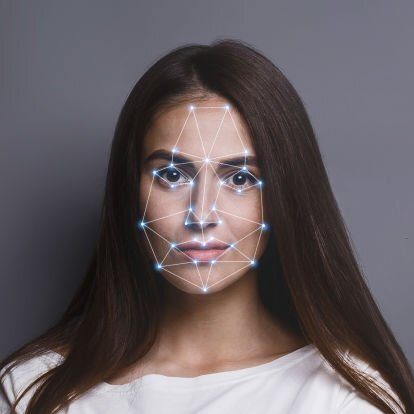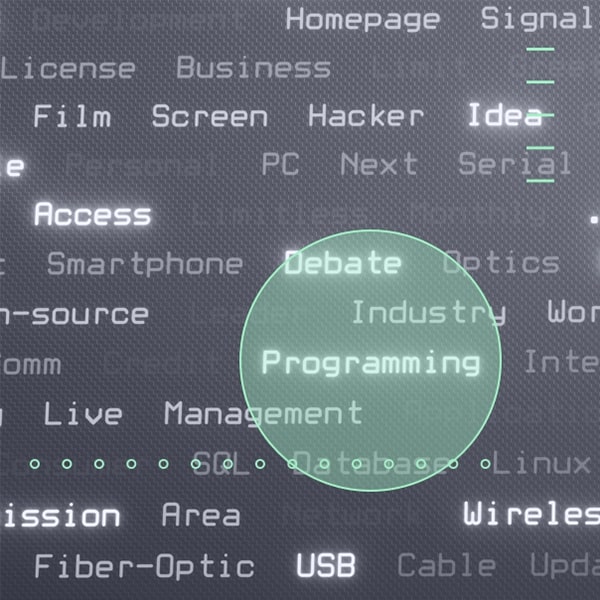USE OF AI IN GOVERNMENT
TRANSCRIPTION AUDIO AND HANDWRITING
Language experts translate text documents and audio clips, including domain-specific material such as earnings calls from the financial sector or doctor prescriptions for medical artificial intelligence. To power NLP Applications for AI in Government, Entity Recognition is based on categories.
NAMED ENTITY REGNOTION
Labelify enables data scientists to extract and classify relevant named entities from a variety of text sources. The custom tooling for this task streamlines the extraction process. Sentiment analysis of text data for AI in Government applications
SENTIMENT ANALYSIS
Domain experts examine large numbers of documents to make sentiment judgments. They use three-way classifications: neutral, negative, and positive. Many jobs require a high level of sentiment.
Salience Analysis is used to identify responses and make judgments for AI in Government applications
SALIENCE ANALYSIS
It can be a big difference to trigger the right response by identifying the most important elements in a text. Teams label entities subjectively rated their salience using single or multiple judgments.
KEYPOINT ANNOTATION
Team labels outline shapes and objects by connecting points between images. This annotation type can detect body features and may include facial expressions.
For AI and Government applications, audio and handwriting transcription is used to transcribe text documents and audio clips.
SEMANTIC SEGMENTATION
A photo can be broken down into components by the Labelify team and annotated by the CV experts. This allows them to identify desired objects at the pixel level.
Geospatial applications use point annotation to locate an object and its components in an image.
POLYGON ANNOTATION
Expert annotators place points at each vertex of the target object in an image. Annotating objects with polygons allows for all edges to be marked, regardless of their shape.
For AI in Government applications, semantic segmentation is used to detect desired objects in an image at the pixels level.
BOUNDING BOXES
The labelify CV experts use rectangular box annotations to illustrate objects and train information, which allows algorithms to locate and identify objects during ML processes.
Annotation polygon for aircraft detection at airports, AI in Government Applications
How it works
Simple and Fast
1. Talk to Us
Talk with our team about your data and any customization you may require in your training dataset
2. Free demo & PoC
A free demo will be given and we will compose a Proof of Concept (PoC) to clarify any ambiguities or uncertainties about the project
3. Launch
A dedicated Labelify Manager prepares the timeline and set up the project team by selecting expert annotators who have worked on similar projects before
4. Execute
Microtasks are distributed to a fully managed workforce under the guidance of Labelify Project Manager
5. Delivery
Annotated Data is delivered to the client after completing a triple level quality check process
Why Choose Labelify?
Choose a better partner
Our specialist will guide you through key features of our service offering that are relevant to your business.


Ready to Get Started? We are.











